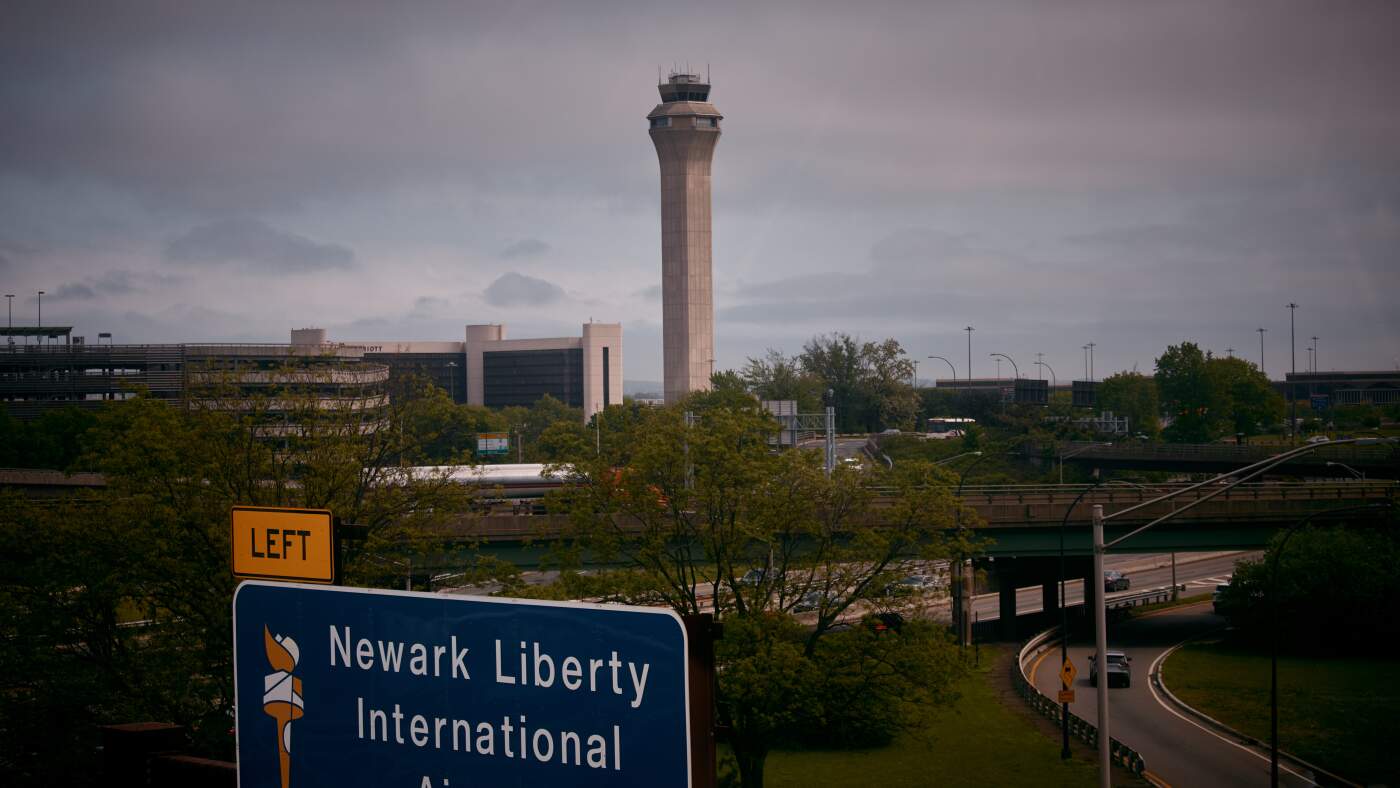“`markdown
The Newark Air Traffic Crisis: A Multi-Faceted Analysis
Introduction
Imagine boarding a flight, only to learn that air traffic controllers have lost radar contact with your plane mid-journey. This unsettling scenario became reality for thousands of travelers at Newark Liberty International Airport, where recurring technical failures and staffing crises have exposed deep flaws in one of America’s busiest aviation hubs. The situation isn’t just about delays—it’s a high-stakes puzzle involving aging technology, overworked personnel, and systemic neglect. Let’s dissect what went wrong, why it matters, and how to fix it.
—
Technical Outages: A System on the Brink
The Philadelphia TRACON Breakdown
At the heart of Newark’s chaos lies the Terminal Radar Approach Control (TRACON) facility in Philadelphia, which manages Newark’s airspace. Repeated radar blackouts—some lasting over 90 seconds—left controllers blind to aircraft positions, forcing pilots to rely on backup procedures. These outages, traced to obsolete software and hardware, aren’t glitches but symptoms of a system overdue for replacement.
Cascading Failures
Each outage triggers a domino effect: flights are grounded, schedules collapse, and safety margins shrink. The FAA’s patchwork fixes, like rebooting systems or rerouting traffic, are Band-Aids on a failing infrastructure. Experts warn that without modernization, these incidents will escalate from disruptive to catastrophic.
—
Staffing Shortages: The Human Cost of Underinvestment
Skeleton Crews, Sky-High Risks
With as few as three controllers managing Newark’s airspace per shift, the FAA is gambling with safety. The shortage worsened after 20% of controllers took trauma leave following a severe outage, revealing a workforce pushed to its limits. Fatigue and stress heighten the risk of errors—a danger compounded by the FAA’s decision to consolidate Newark’s operations into Philadelphia’s already strained facility.
The Trauma Leave Controversy
Critics argue the FAA downplays controller burnout. When staff took leave after a harrowing near-miss incident, the agency initially dismissed concerns as a “scheduling issue.” Only later did it admit to systemic understaffing, pledging to hire more controllers—a solution that will take years to implement.
—
Immediate Fallout: Passengers in the Crossfire
Travel Chaos
The human impact is stark: families stranded overnight, business travelers missing critical meetings, and a erosion of trust in air travel. Over 1,200 flights were delayed or canceled during the worst outages, costing airlines millions and leaving passengers furious.
Safety vs. Convenience
While the FAA insists “no planes were in danger,” near-misses and runway incursions tell a different story. The public’s tolerance for “close calls” is wearing thin, especially as similar crises plague other major airports.
—
Long-Term Fixes: Beyond Quick Fixes
Technology Upgrades: Too Little, Too Late?
The FAA’s $15 billion modernization plan promises next-gen radar and digital communication tools. But with rollout timelines stretching into the 2030s, Newark’s problems won’t wait. Accelerating these upgrades—and funding them adequately—is non-negotiable.
Rethinking Airspace Management
Experts propose decentralizing Newark’s traffic control to reduce reliance on Philadelphia’s TRACON. Smaller, localized facilities could improve responsiveness, though this requires political will and investment.
—
The Human Factor: Supporting Controllers
Mental Health Matters
Controllers aren’t just operators; they’re the last line of defense. The FAA must expand trauma counseling, enforce reasonable shift lengths, and foster a culture that prioritizes well-being over arbitrary efficiency metrics.
Training the Next Generation
Recruiting alone won’t suffice. The FAA’s training pipeline is notoriously slow, with a 2–3 year backlog for certification. Partnerships with aviation schools and simulator-based training could fast-track qualified candidates.
—
Public and Industry Backlash: A Demand for Accountability
Travelers Speak Out
Social media buzzes with horror stories of missed connections and sleepless nights at Newark’s terminals. Passenger advocacy groups are mobilizing to demand transparency from the FAA.
Airline Frustrations
Carriers like United (Newark’s largest operator) are quietly lobbying for federal intervention. Their bottom lines suffer with every outage, but their leverage is limited without cohesive industry pressure.
—
Conclusion: A Crossroads for Aviation Safety
Newark’s crisis is a microcosm of America’s aging aviation infrastructure. The FAA faces a choice: continue reactive half-measures or commit to transformative change. Here’s the roadmap:
The skies over Newark shouldn’t be a gamble. Safe, efficient air travel is possible—but only if the FAA treats this crisis as the wake-up call it is.
“`











